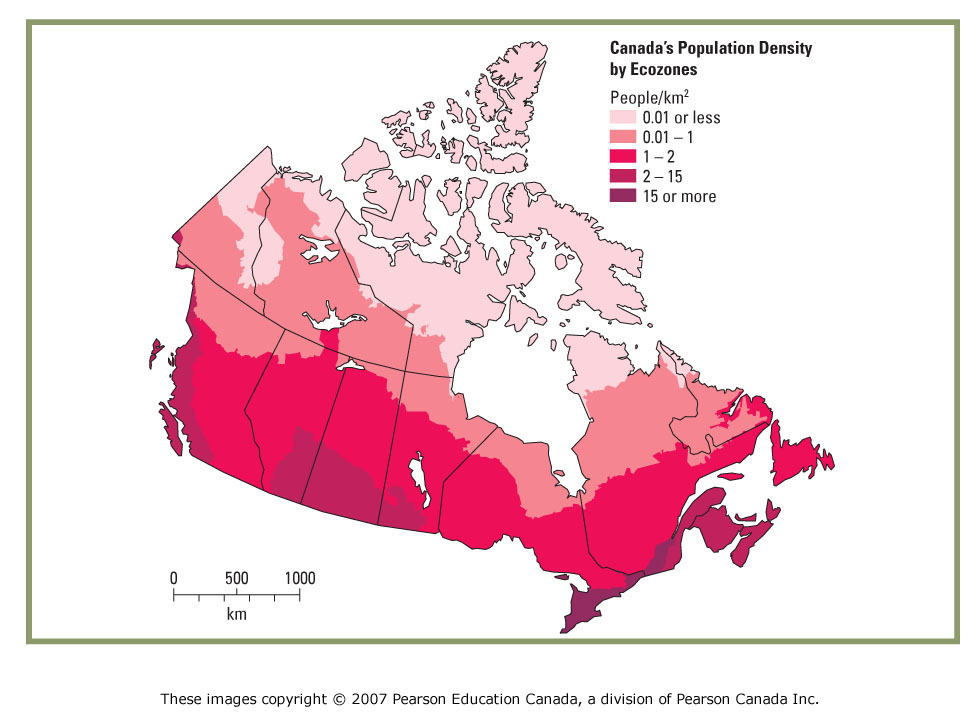

It has a population density of more than 1,034 people per square kilometre. However, the country with the highest population density is Bangladesh. As of 2011, Canada had a population of just over thirty-four million (2011). Monaco, the Vatican City, Singapore, Hong Kong and Bahrain have a high population density.Ĭhina is the world's most populated, and India, the world's second most populated country. Source: Map courtesy of E Pluribus Anthony. Many of the world's city-states and sovereignties are very densely inhabited because they have more people living in relatively smaller areas. Europe, a small continent accounts for 6% of the earth's landmass but has 11% of the world's population making its population density the second highest in the world.Īfrica, the second largest continent, has a low population density overall, though areas close to the River Nile in Egypt are densely populated. The number of people is relative to the space or size of the area occupied by them.Īsia, the largest and the most populous continent, has some of the most densely populated countries. Although Canada is 39th most populous country in the world, it is also the 2nd largest by area (after Russia). This makes Canada the 10th least densely populated country in the world. The most populous countries and places do not always have the highest population density. Overall, population density in Canada in 2021 is 3.92 peopler per km2 or 10.2 people per square mile. Places with a pleasant climate, often next to rivers have historically had a very high population density. Antarctica accounts for 9% of the earth's total landmass but as it is a frozen continent covered with ice, is a deserted place. There are areas which are unlivable and uninhabited, and there are also areas which have a very high population density.

Within this landmass, the population density varies. The landmasses account for just 29% or one-third of the earth's total area. There are now seven billion people on earth. It is a useful resource for immediate reference as areas of high and low population density are given different shades of colours. This map shows the population density of the world with the current country boundaries marked out.

the population, as the density is the measure of the number of people per square kilometres or miles. We can calculate the population density for a city, a country, or the entire world if we know the size of the area and the number of people living in the area, i.e. Population density is the number of people who live in a particular area.


 0 kommentar(er)
0 kommentar(er)
